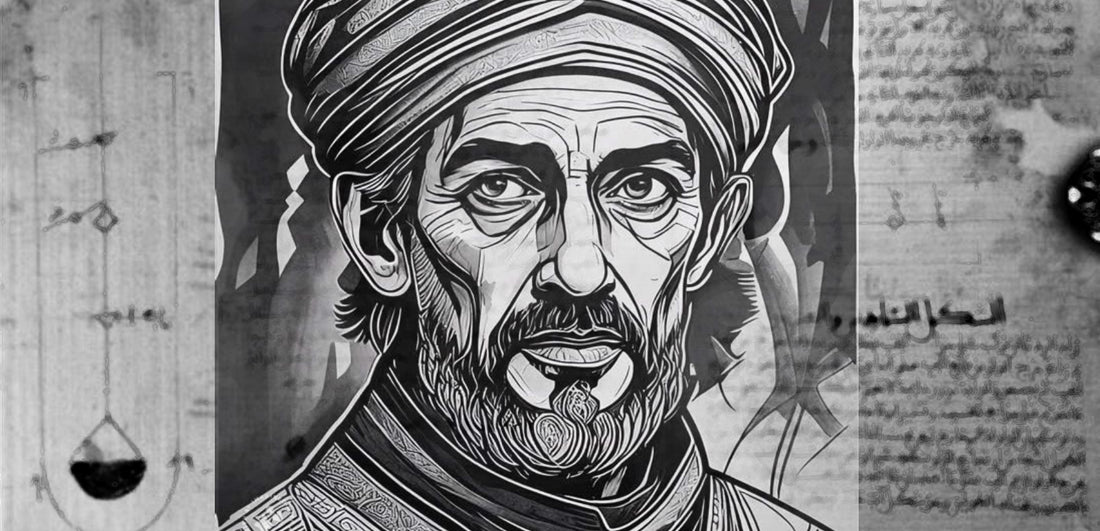Introduction
In the annals of history, there are inventors whose genius shines brightly, even if their names may not be as well-known as some of their contemporaries. One such inventive mind from the Islamic Golden Age is Khalaf ibn al-Muradi. This remarkable individual, who lived in the 11th century, made significant contributions to various fields, leaving a lasting impact on science and technology. For his contributions he is often referred to as the "Leonardo Da Vinci of the Muslim World." His work in the horology, or the science of time-keeping, produced the famous Castle & Gazelle Clepsydra - for which our company is named.
Early Life and Background
Khalaf ibn al-Muradi was born in the city of Cordoba, located in what is now Spain, during the height of the Islamic Golden Age. He grew up in a society that greatly valued knowledge and innovation, which undoubtedly influenced his intellectual pursuits.
Inventive Contributions
-
Mechanical Devices: Khalaf ibn al-Muradi was renowned for his contributions to the field of mechanics. He designed and built various mechanical devices, including water-driven machines and automated systems. One of his most notable inventions was a water clock, an intricate device that used water flow to measure time accurately. This invention demonstrated his keen understanding of fluid dynamics and engineering principles.
-
Automata: Khalaf ibn al-Muradi also ventured into the world of automata, crafting lifelike machines that could mimic human and animal movements. His automata were powered by intricate mechanisms, showcasing his ingenuity in combining art and engineering. These automata served as both entertainment and educational tools, fascinating audiences with their lifelike motions.
-
Architectural Innovations: Beyond his mechanical innovations, Khalaf ibn al-Muradi made contributions to architecture. He developed novel construction techniques and designs that influenced the architectural landscape of his era. His innovative ideas added to the beauty and functionality of buildings in the Islamic world.
The Book of Secrets in the Results of Thoughts كتاب الأسرار في نتائج الأفكار
The Book of Secrets is a technological manuscript produced by Ibn al-Muradi that demonstrated the construction of thirty-one mechanism - including devices that counted time, a mechanical calendar and devices for moving well water. His book includes the first recorded description of segmental and epicyclical gears. Among the devices with in it was the famous Castle & Gazelle water clock. In 2008, the Book of Secrets of ibn al-Muradi was republished, alongside 3D digital renderings of its machines by the Leonardo Da Vinci Museum, Leonardo3 in Milano, Italy.
Legacy
While Khalaf ibn al-Muradi's name may not be as widely recognized today as some of his contemporaries, his inventive spirit and contributions to science and technology remain a testament to the ingenuity of scholars and inventors of the Islamic Golden Age. His work in mechanics, automata, time-keeping and architecture not only advanced knowledge during his time but also laid the foundation for future innovations in these fields.

